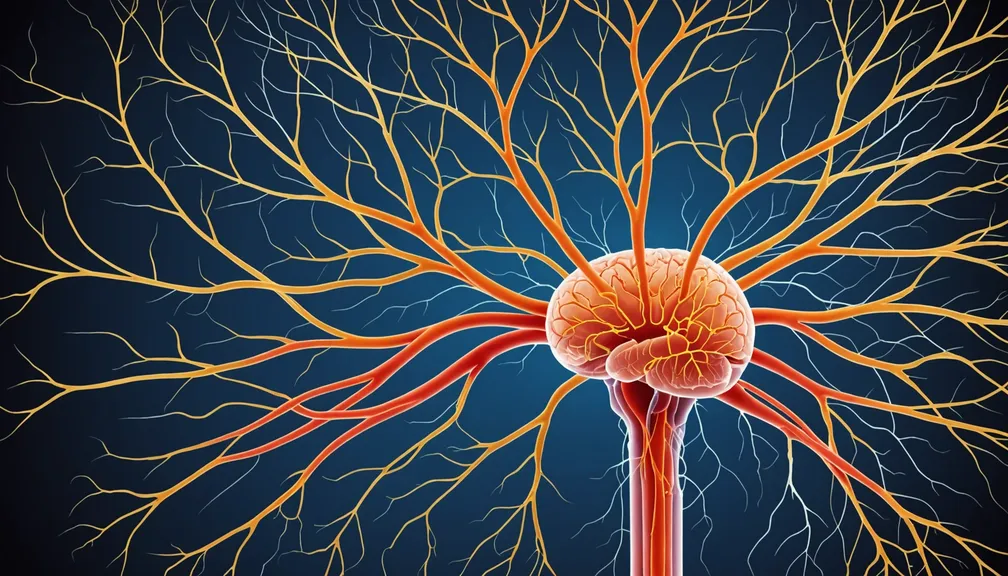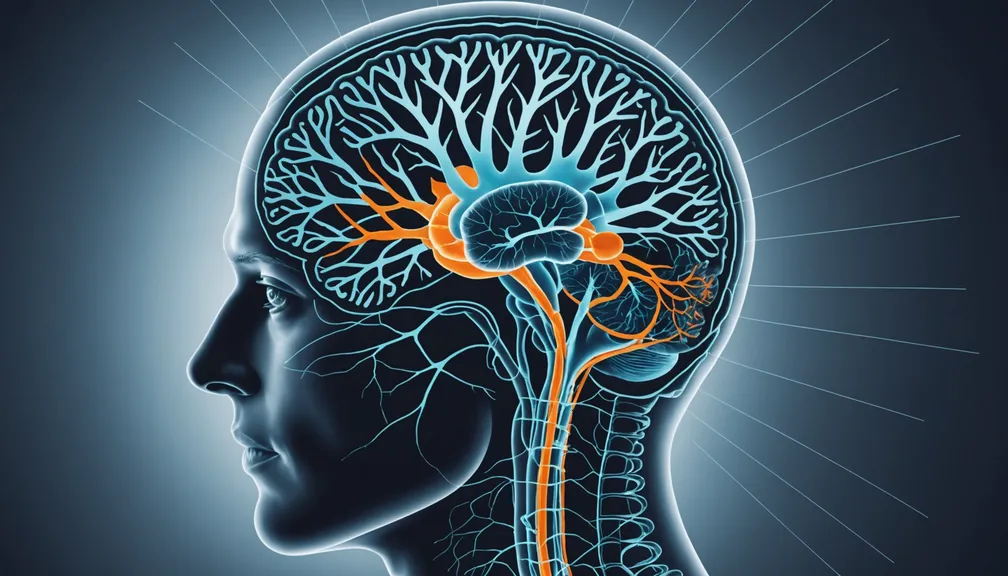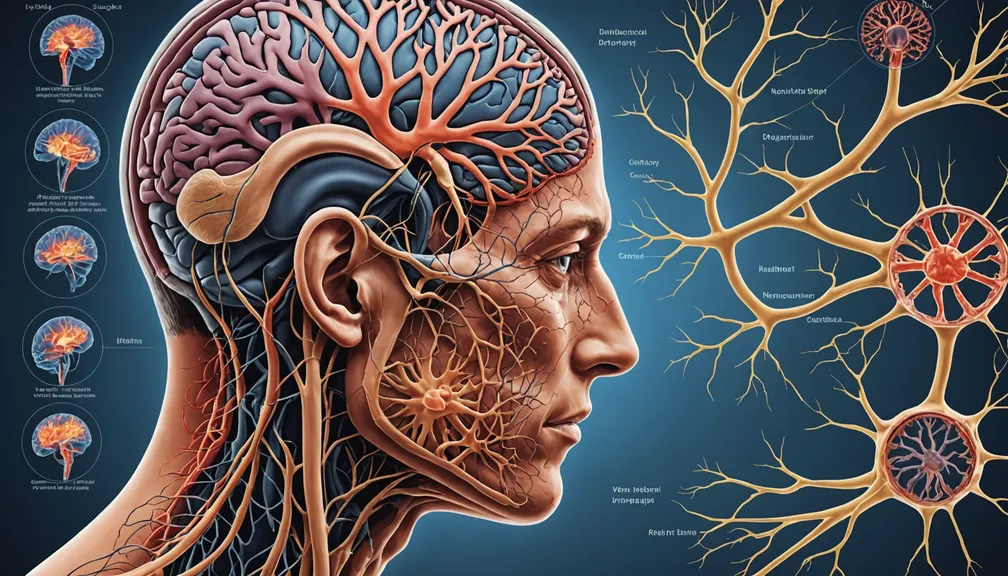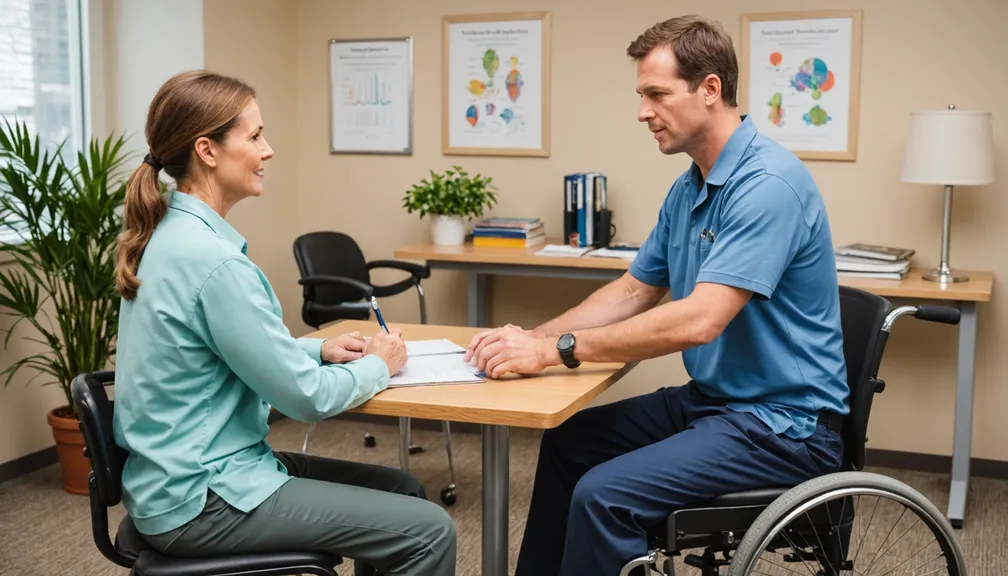Navigating the Diagnostic Process: What to Expect
Diagnosing a rare neurological disorder can be a complex and sometimes overwhelming journey. Understanding what to expect can help you navigate this process with confidence and clarity. This lesson outlines the key steps involved in obtaining a diagnosis, the types of professionals you may work with, and strategies to support you and your loved ones along the way.
1. Recognizing the Need for Diagnosis
Common Symptoms
Rare neurological disorders can present a wide range of symptoms, which may include:
- Persistent headaches or migraines
- Unexplained muscle weakness or paralysis
- Difficulty with coordination and balance
- Chronic pain or unusual sensations
- Cognitive challenges, such as memory loss or confusion
- Unusual movements or tremors
- Seizures or episodes of altered consciousness
When to Seek Medical Help
If you or a loved one experience any of these symptoms, especially if they are persistent or worsening, it's important to consult a healthcare professional. Early evaluation can lead to a more accurate diagnosis and better management of the condition.
2. Initial Consultation
Preparing for Your Appointment
To make the most of your initial consultation, consider the following steps:
- Document Symptoms: Keep a detailed record of all symptoms, including their onset, frequency, and severity.
- Medical History: Prepare a comprehensive medical history, including past illnesses, surgeries, and any family history of neurological conditions.
- List Medications: Include all medications, supplements, and over-the-counter drugs you are currently taking.
- Questions: Write down any questions or concerns you have to discuss with your doctor.
What to Expect During the Visit
During your first appointment, the healthcare provider will:
- Review Your Medical History: Discuss your symptoms, medical background, and any relevant family history.
- Physical and Neurological Exam: Conduct a thorough examination to assess your nervous system's function.
- Identify Potential Causes: Based on initial findings, the doctor may suggest possible conditions and the next steps for further evaluation.
3. Diagnostic Tests and Procedures
A variety of tests may be necessary to determine the exact nature of the neurological disorder.
Medical History Review
Your doctor will take a detailed medical history to understand the progression of your symptoms and identify any potential genetic factors.
Physical and Neurological Examinations
These exams assess your motor skills, reflexes, balance, and cognitive functions to identify any abnormalities.
Imaging Studies
- Magnetic Resonance Imaging (MRI): Provides detailed images of the brain and spinal cord to detect structural abnormalities.
- Computed Tomography (CT) Scan: Uses X-rays to create cross-sectional images of the body, useful for identifying tumors or bleeding.
Laboratory and Genetic Tests
- Blood Tests: Check for infections, inflammation, or genetic markers associated with specific neurological disorders.
- Genetic Testing: Identifies inherited conditions by analyzing your DNA for specific mutations.
Specialized Tests
- Electroencephalogram (EEG): Measures electrical activity in the brain, useful for diagnosing seizures and epilepsy.
- Electromyography (EMG): Assesses the health of muscles and the nerves that control them, helpful in diagnosing diseases like muscular dystrophy.
4. Working with Healthcare Professionals
Navigating the diagnostic process often involves collaboration with various specialists.
Types of Specialists You May Encounter
- Neurologists: Experts in the nervous system who oversee the diagnosis and management of neurological disorders.
- Neurosurgeons: Surgeons who specialize in operating on the brain, spinal cord, and other parts of the nervous system.
- Genetic Counselors: Professionals who provide information and support regarding genetic conditions and testing.
- Physical Therapists: Help improve movement and manage physical symptoms through targeted exercises and therapies.
Coordinating Care Among Specialists
Effective communication between your healthcare team is essential. Your primary neurologist will typically coordinate appointments and share relevant information with other specialists to ensure a comprehensive approach to your diagnosis and treatment.
5. Managing the Diagnostic Process
Staying organized can significantly reduce stress during the diagnostic journey.
Keeping Track of Appointments and Tests
- Use a Planner: Maintain a schedule of all medical appointments, tests, and follow-up visits.
- Set Reminders: Utilize phone alerts or calendar notifications to ensure you don’t miss important dates.
Organizing Medical Records
- Create a Health Folder: Keep all medical documents, test results, and physician notes in one place for easy access.
- Digital Records: Consider scanning important documents and storing them securely on your computer or a cloud service.
Communicating Effectively with Your Healthcare Team
- Be Honest: Share all relevant information, even if it seems minor, to aid in accurate diagnosis.
- Ask Questions: Don’t hesitate to seek clarification on any aspect of your diagnosis or treatment plan.
- Express Concerns: Inform your healthcare providers about any worries or difficulties you’re experiencing.
6. Emotional Support and Coping
The diagnostic process can be emotionally challenging. Seeking support can help you and your loved ones cope more effectively.
Seeking Support from Loved Ones
- Share Your Feelings: Open up to family and friends about your experiences and emotions.
- Ask for Help: Don’t hesitate to request assistance with daily tasks or transportation to appointments.
Professional Counseling Services
- Therapists and Counselors: Provide strategies to manage stress, anxiety, and other emotional responses to your diagnosis.
- Support Groups: Connect with others who are facing similar challenges, offering mutual understanding and encouragement.
Self-Care Strategies
- Maintain a Routine: Establishing a daily schedule can provide a sense of normalcy and control.
- Healthy Lifestyle: Engage in regular physical activity, balanced nutrition, and sufficient rest to support overall well-being.
- Mindfulness Practices: Techniques such as meditation and deep breathing can help manage stress and improve emotional resilience.
7. Next Steps After Diagnosis
Once a diagnosis is confirmed, understanding your options and planning for the future is crucial.
Developing a Treatment Plan
- Medications: Discuss any prescribed drugs, their benefits, and potential side effects.
- Therapies: Explore physical, occupational, or speech therapies that may aid in managing symptoms.
- Lifestyle Adjustments: Identify changes that can improve your quality of life, such as ergonomic modifications or adaptive devices.
Planning for Ongoing Care
- Regular Check-Ups: Schedule follow-up appointments to monitor your condition and adjust treatments as needed.
- Long-Term Support: Consider connecting with local or online support networks for continued assistance and information.
Staying Informed
- Educate Yourself: Learn about your condition from reputable sources to stay informed about new research and treatment options.
- Advocate for Yourself: Take an active role in your healthcare decisions and communicate your needs clearly to your healthcare team.
Navigating the diagnostic process for a rare neurological disorder can be challenging, but understanding what to expect and utilizing available resources can empower you and your loved ones to manage this journey with greater confidence and support.






